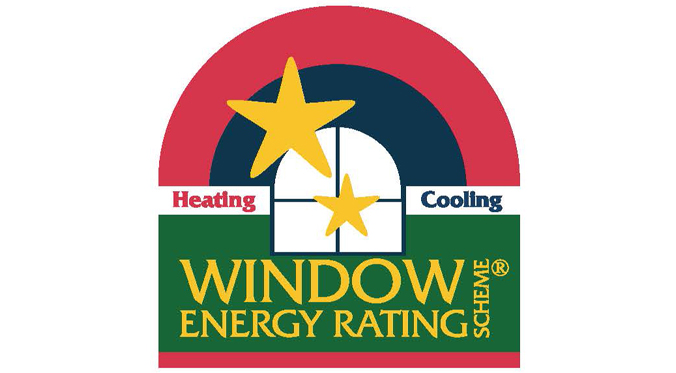Click here to view our latest blog 'Building in Bushfire Prone Areas'
U-values, European versus Australian

U-value calculations are not the same the world over. Australia has decided to follow the American NFRC (National Fenestration Rating Council) system when making calculations for the Window Energy Rating System – WERS.
U-value measures how well a product allows heat to pass through. It is a measure of the rate of non-solar heat loss or gain through a material or assembly. The lower the U-value, the greater a window's resistance to heat flow and the better its insulating value. The whole window assembly is tested which includes the effect of the frame, glass, seals and any spacers.
What does it mean that U-values differ from continent to continent? If you import windows and doors from Europe they will have a very low U-value number, lower than any U-value for windows made here in Australia. Do you get a better product? No, not necessarily. You might get the exact same product, with the U-values just calculated differently. Or you may get a better product in Australia, just with a higher number.
The AWA Australian Windows Association writes: ‘Performance calculations utilise different protocols to create their window performance data. In Europe windows are calculated to CEN protocols which utilise different temperature conditions to find the performance data of their windows. The windows will have different results to the performance data conducted in Australia.’
In Australia window sizes for U-value testing are 600mm wide x 1500mm high = 0.9m2, in Europe the size tested is up to 2.3m2 (1.23x1.48m). This means that in Europe the frame itself is a much smaller percentage in comparison to the glass than in Australia, hence another reason why U-values vary.
‘In the United States of America - while the results are calculated with the same protocols - the final data is published in Imperial units of measurement {Btu/(Hrft ²-°F)}.’ writes the AWA. ‘This differs to Australian published data that employs metric units of measurement {W/m².K}. In this case the results will differ significantly just as an inch differs from a centimetre.’ An easy way to convert inch-pound Imperial U-Values to metric U-Values, is to multiply them by 5.678.
WERS in Australia has just celebrated its 20th anniversary and now encompasses 350,000 rated products. It is not yet compulsory in Australia to have windows rated but this is envisioned for the near future.